Curepipe Curepipe is by far one of the most densely populated areas within Central Mauritius, and...
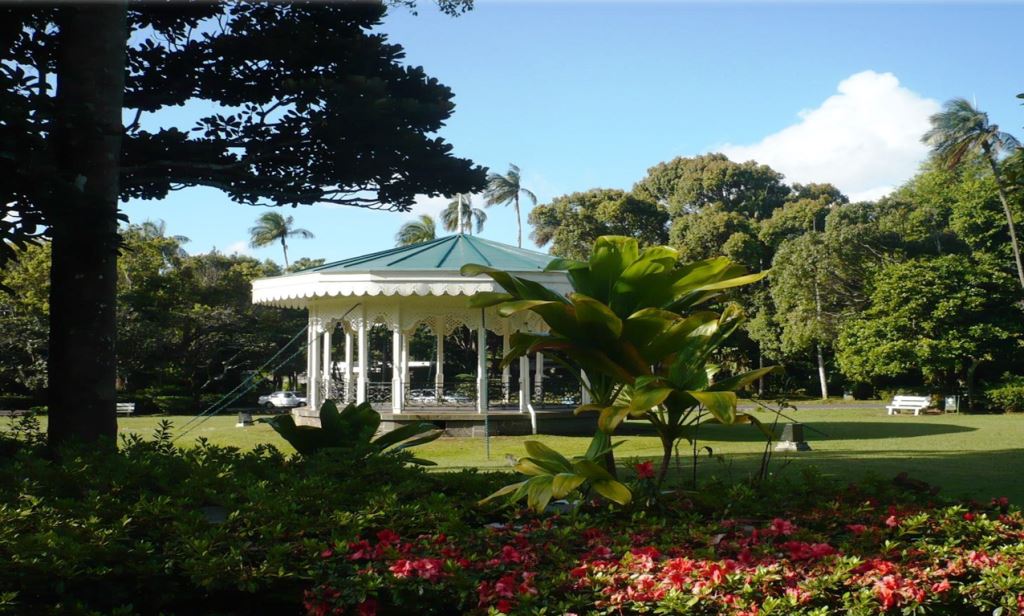

Curepipe Curepipe is by far one of the most densely populated areas within Central Mauritius, and...
Features information that is relevant to travellers who are thinking about and actively planning a visit to Mauritus.
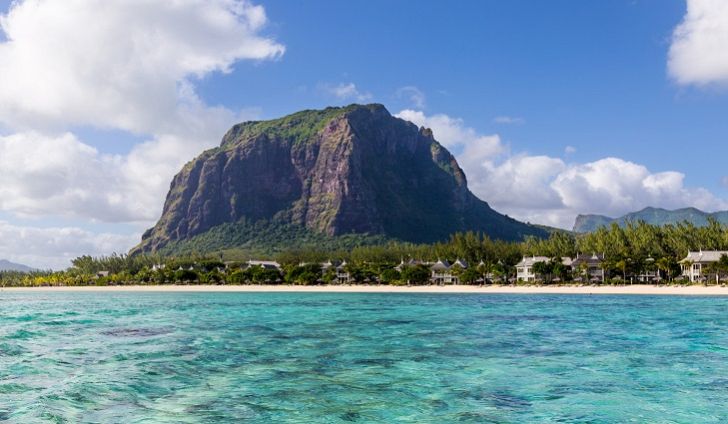
Le Morne Brabant is a peninsula at the extreme southwestern tip of the Indian Ocean island of Mauritius on the western side of the island. Le Morne is a site of an extent of 480 hectares comprising private properties, State Land and mountain reserves.
There is an eponymous basaltic monolith with a summit 556 metres above sea level. This summit covers an area of over 30 acres.
In 2008, UNESCO inscribed the site on the World Heritage List.
Le Morne was used as a shelter by runaway slaves, maroons, through the 18th and early years of the 19th centuries. The slaves came from the African mainland, Madagascar, India, and South-east Asia.The escaped slaves formed small settlements in the caves and on the summit of Le Morne protected by the mountain’s wooded and almost inaccessible cliffs. The oral traditions have made Le Morne a symbol of the slaves’ fight for freedom, their suffering, and their sacrifice. Le Morne came to be known as the “Maroon republic” because of the large number of escaped slaves who lived on Le Morne Mountain.
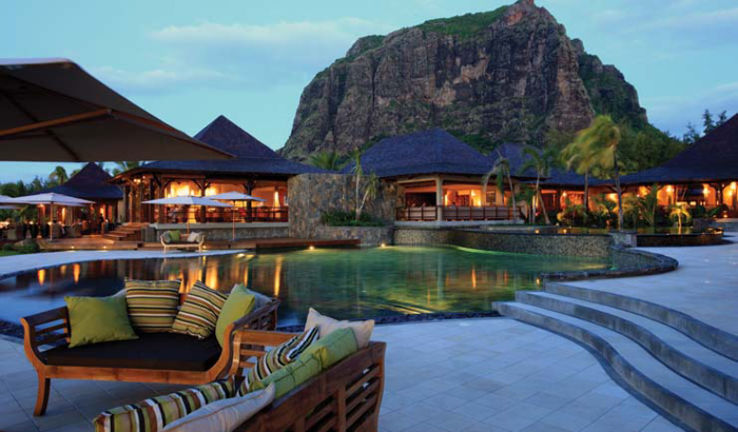
The punishment for escaping from slavery was very harsh and it included whipping, torture and even death until the British passed the Slavery Abolition Act in 1834.
Nature lovers should try Le Morne Brabant’s impressive 3.5 kms hiking trail for having a more immersive experience in the area’s exoticism. You will walk through luxuriant green vegetation consisting of gigantic endemic trees as well as smaller exotic plants. The hike can last between three to four hours, where you will be guided by professionals. As you hike your way to the top, you will find a gigantic, basalt rock peak dotted with caves which once harbored runaway slaves.
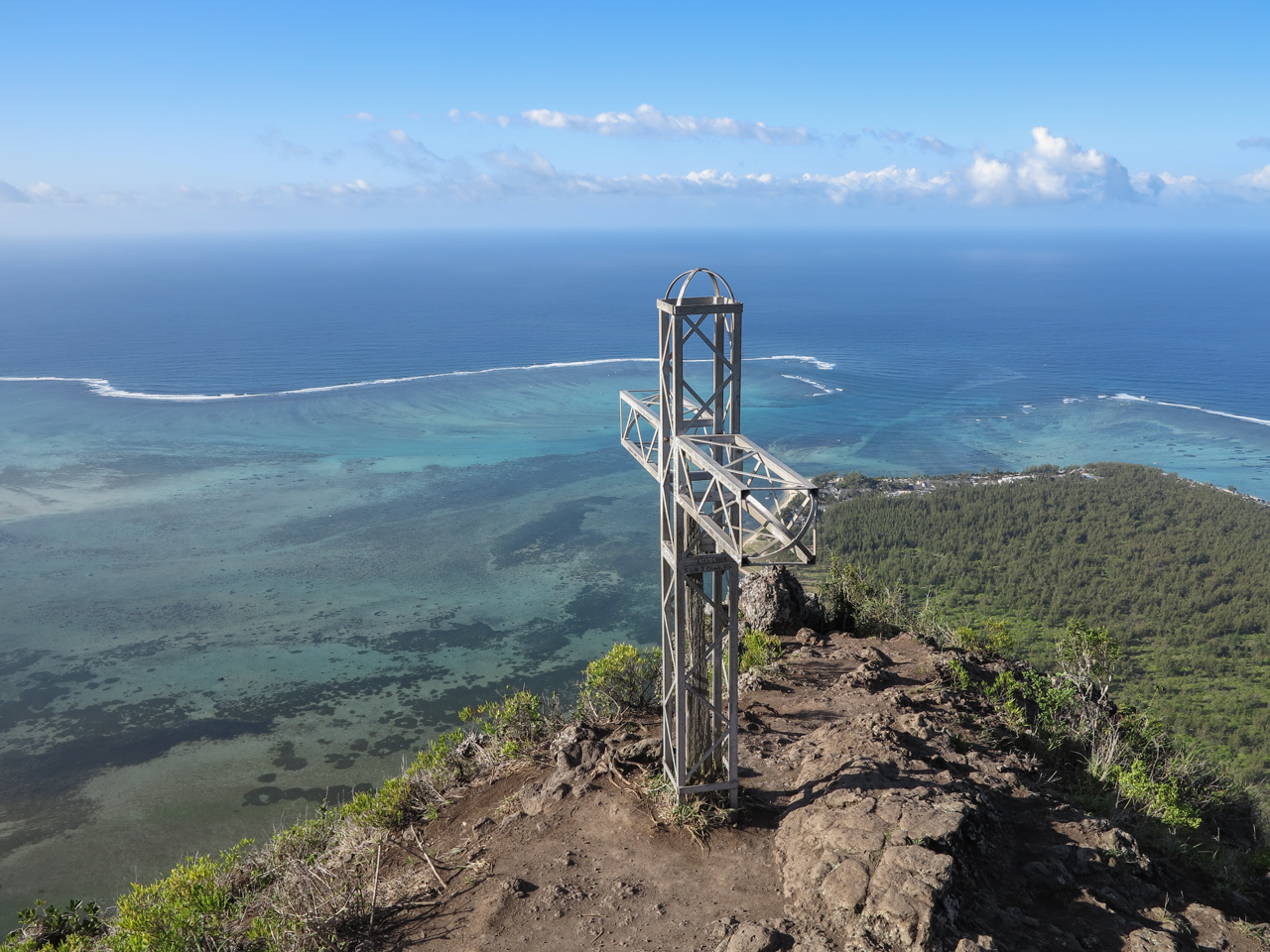
At the top there is a huge metal cross which marks the highest accessible point. From there you will get a truly breathtaking view over the Indian Ocean and Mauritius’ beautiful southern region.
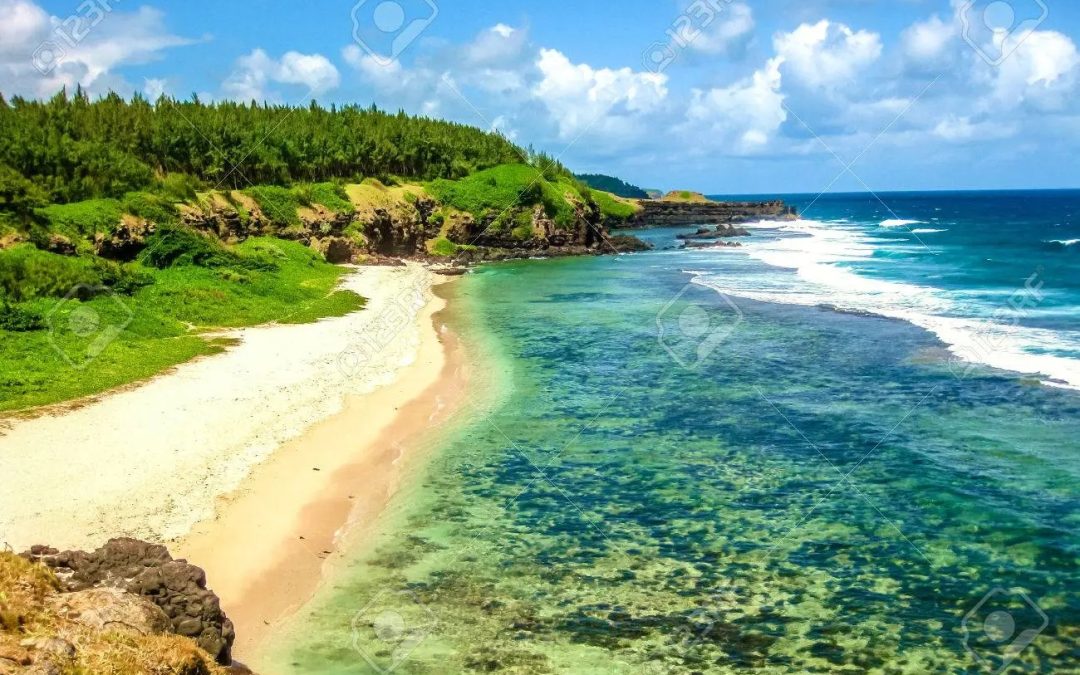
The Gris Gris beach is at the southernmost point of Mauritius. It is a few kilometers southeast of the village of Souillac, a historical village that dates back to the French colonial period. This little piece of beach does not have a coral reef, the big waves come breaking on the shore offering amazing views to the visitors. Swimming is strongly discouraged for hobbyists and professionals because of strong currents and huge waves that break on this part of the island make it totally impractical.
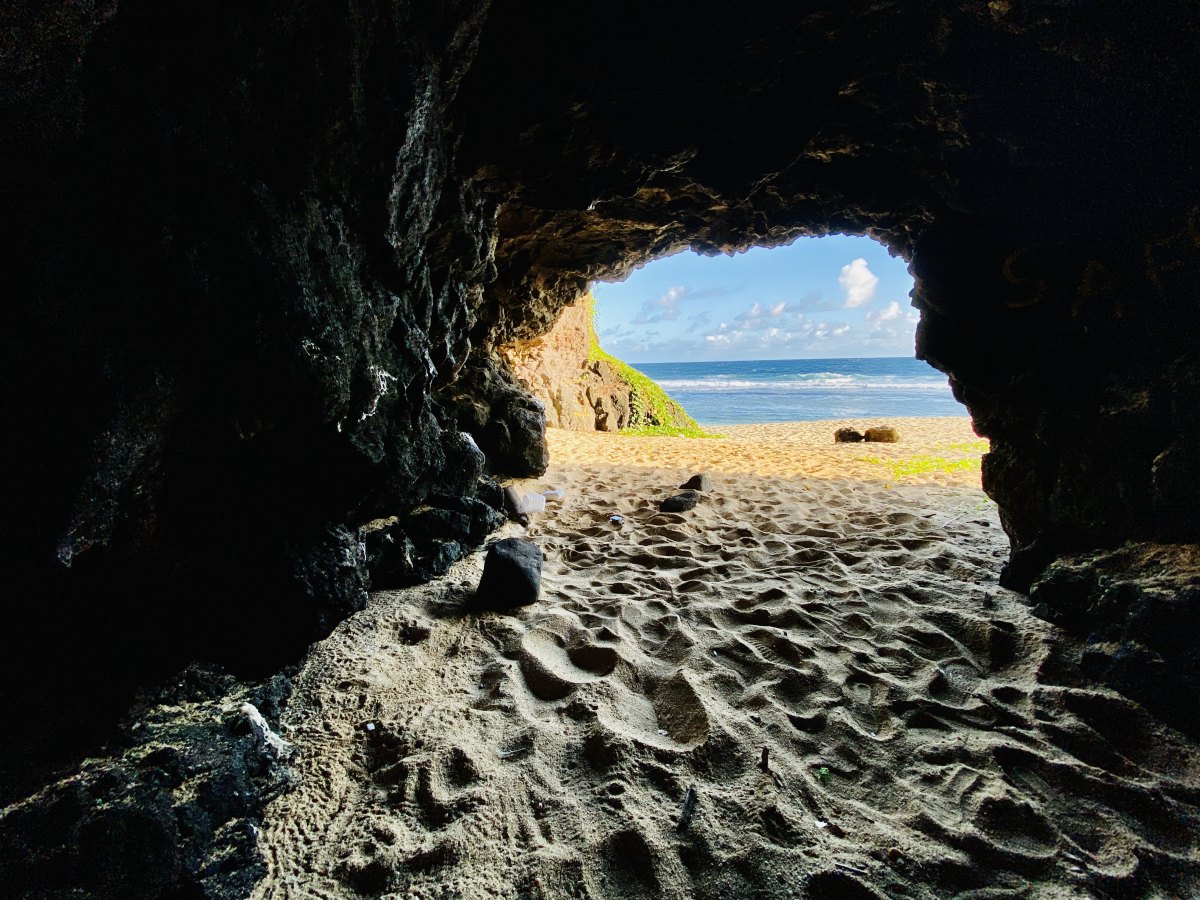
Gris Gris is well known for its sea cliffs and offers visitors a magnificent view from the top. At the southern end of Gris-Gris, you will have a great viewpoint on the cliffs and will see the crashing of waves against the flanks. There is a small garden offering many quiet spots for you to relax on one of the many benches, while having a view of the sea, waves and rock cliffs.
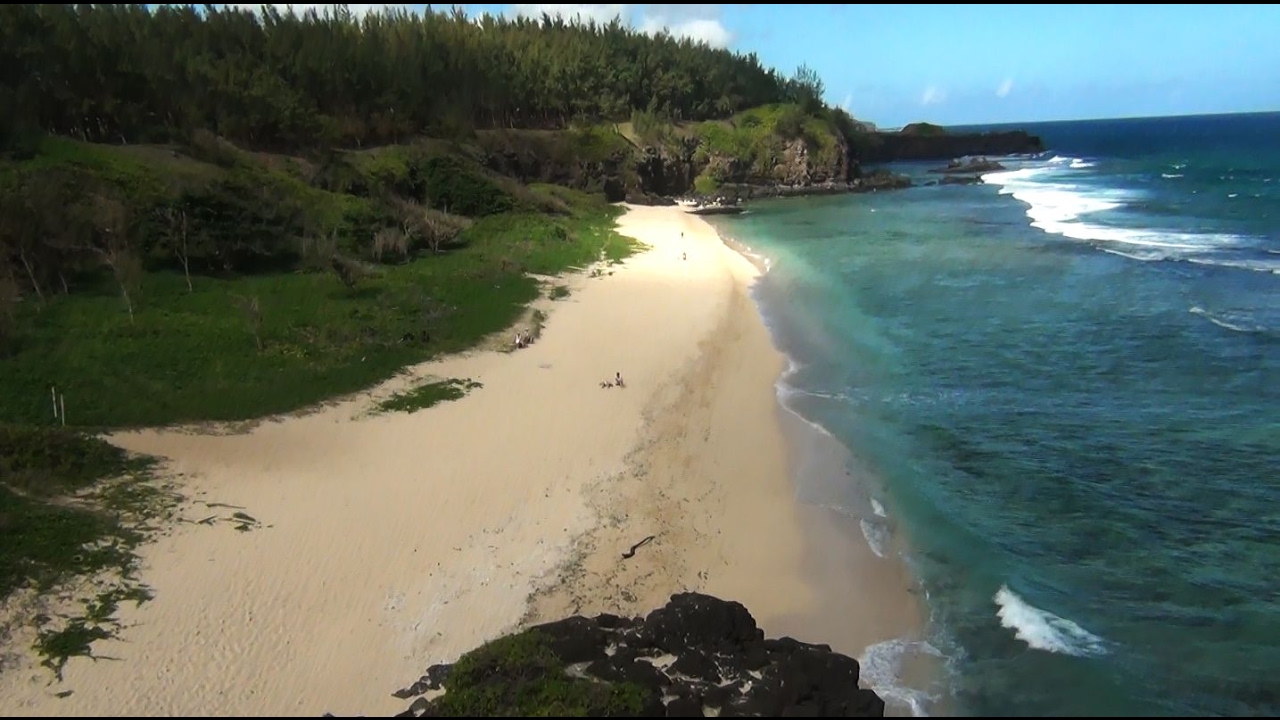
Further down the road from the Gris Gris Viewpoint is the ‘Roche qui Pleure’ (Weeping Rock). This is also another fantastic viewpoint where if you look at the rock from the right angle, it will appear as a face with tears constantly streaming down, as the waves continually crash. There you will have a perfect view of a large rock where the waves break with great violence, accompanied by a large thud.
Electric bikes and quad bikes are available for hire in this area. These are suitable for exploring the nearby areas on your own at a leisurely pace. Horse riding is also available if you are accustomed to horses.
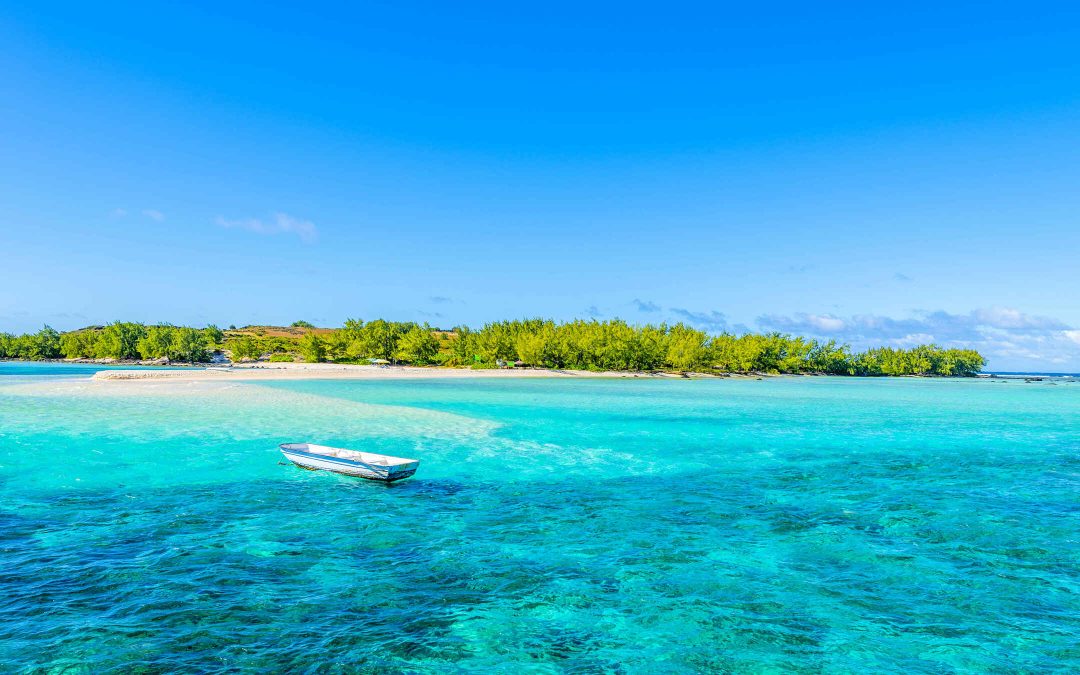
Le Plate Island is also known as Île Plate and Flat Island. The island is located 11 kilometres north of Cap Malheureux, the main island’s northernmost point. It is part of the administrative area of Rivière du Rempart District. The small nature reserve of Coin de Mire lies between the two islands, Îlot Gabriel and Pigeon Rock.It covers an area of 2.53 square kilometres. The area is in danger of possible submersion due to the historical rise in the sea-level
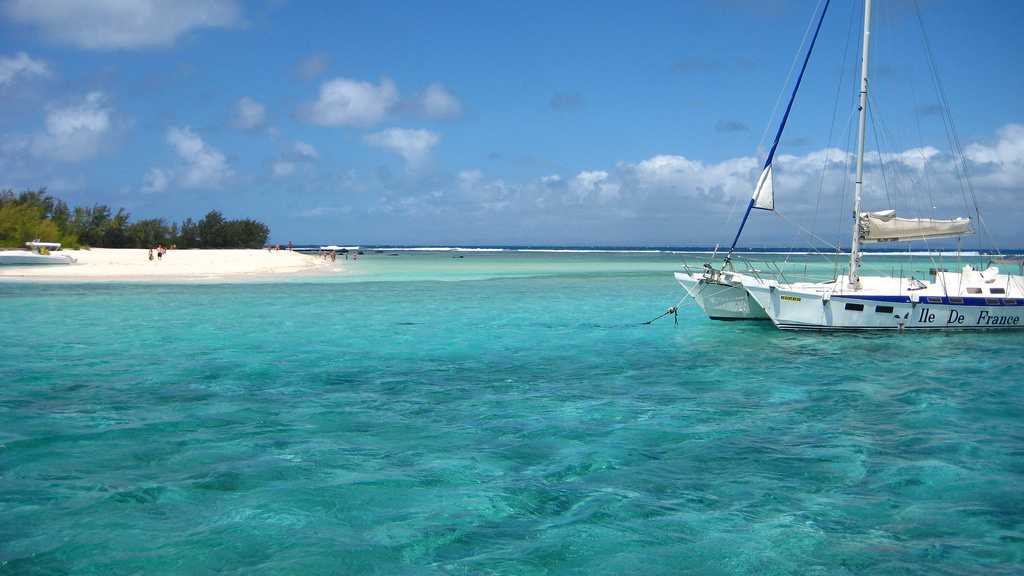
Le Plate Island is uninhabited, though there is a small army base on the island. This the largest islet of Mauritius with an extent of 253 hectares.
Historical significance of Flat Island is that it served as a quarantine station from the mid-19th century to the 1930s. It was reserved for immigrants to Mauritius, mostly indentured labourers, undergoing quarantine for cholera, although it was sometimes used during other epidemic outbreaks such as smallpox and malaria.
Infrastructure built between 1856 and 1870 consisted of stone and wooden buildings comprising living quarters and offices for medical, police, and immigration officials.Kitchens, stores, toilets, privies, two hospitals, and a distillation plant used for water supply were also constructed. Many of these structures are still preserved.
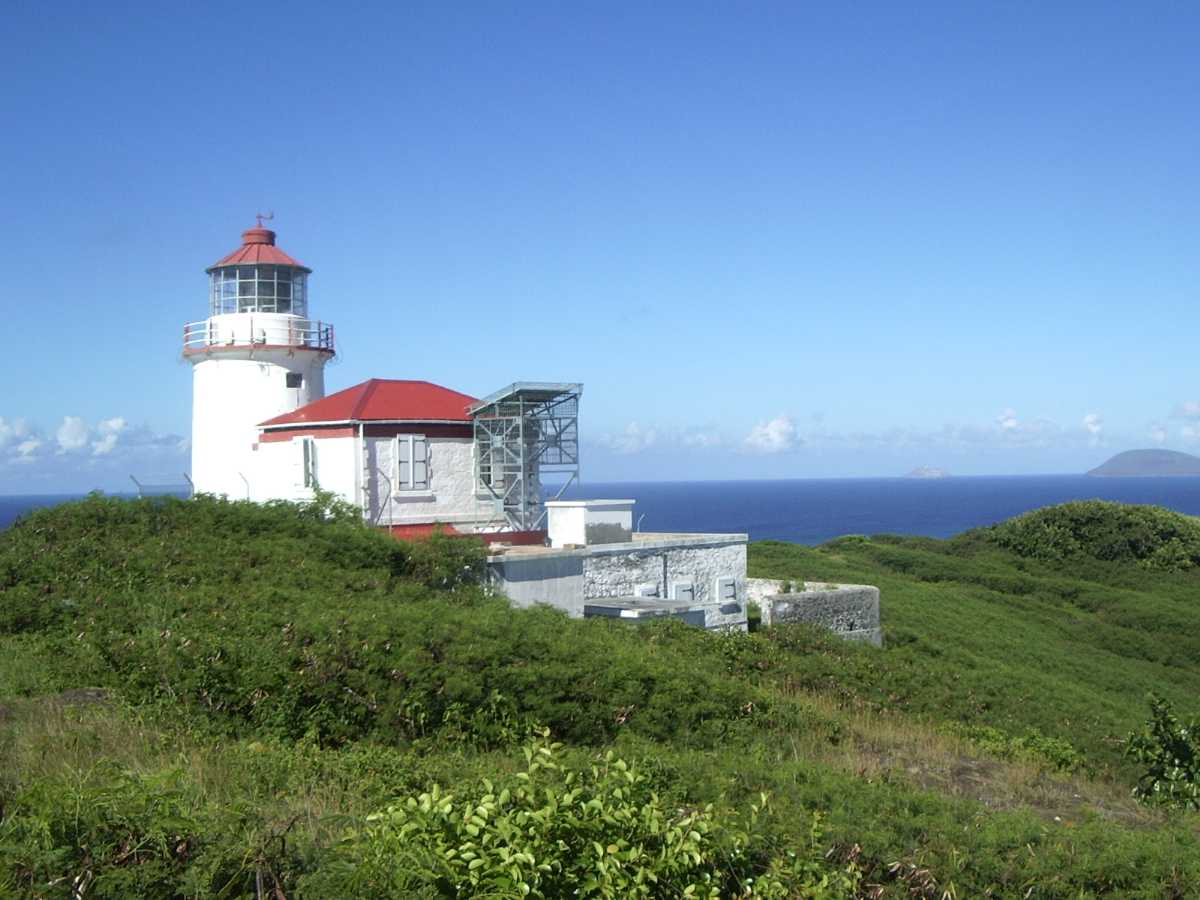
A lighthouse, built in 1855, on the southwest side of the island is still operational.
Le Plate Island is a popular venue for snorkellers, and access to the island is possible via chartered yacht and catamaran. Pigeon Rock harbors an internationally famous dive site called The Shark Pit where divers can witness sharks swirling within the pit for the rich oxygen available due to the crashing waves against the cliffs of Pigeon Rock. The place is popular among tourists as well as locals.
Nearest hotels and restaurants are found only in Cap Malheureux. Breakfast and lunch is served in the catamaran.
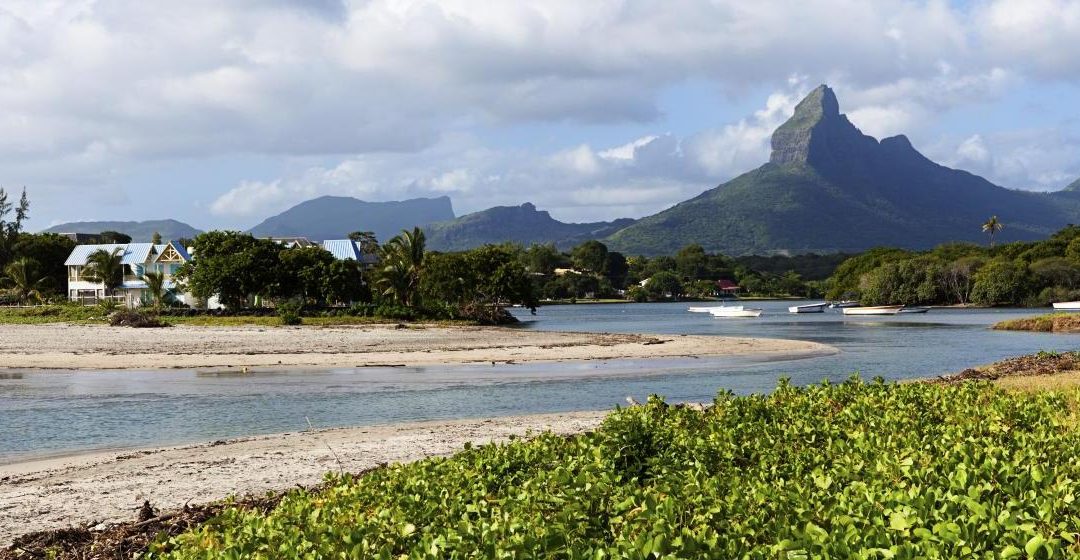
Tamarin is a small fishing village on the south-western coast of Mauritius.Tamarin Beach surrounded by salt pans, is close to 1.5 kilometres in length. Much of the beach is lost to the incoming waves at high tide. But a gap in Tamarin Beach’s coral reef allows large waves to reach its white sands. This gives the opportunity to the surfers.
Salt production dates back to the French period and the tradition of its making is almost unchanged after nearly two centuries. Water is pumped directly from the nearby sea and allowed to evaporate in the basins.
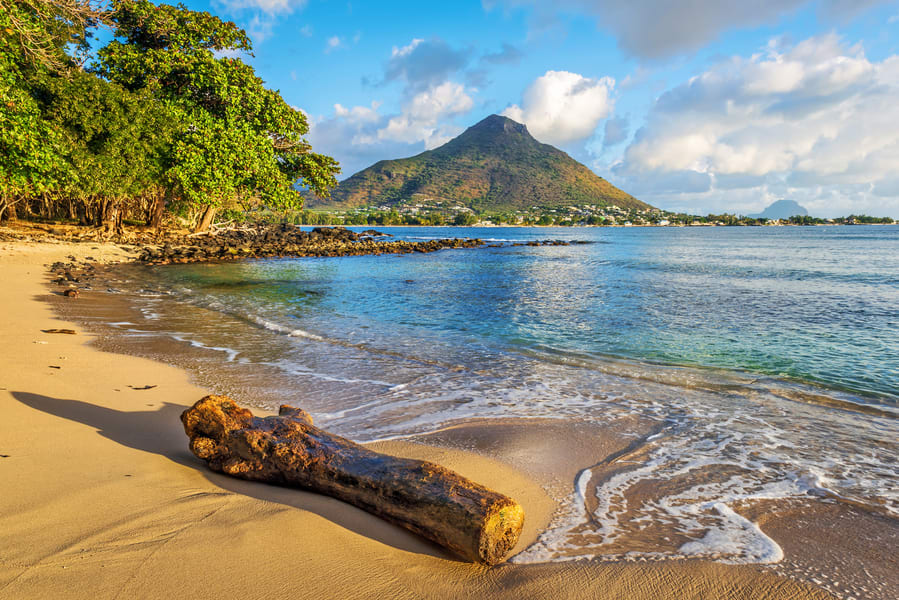
The beach does attract quite a lot of visitors at times and is also the starting point for the dolphin-spotting trips and angling adventures.
Tamarin Bay was discovered by a wider audience and immortalized after the release of the classic surf documentary “Forgotten Island of Santosha” by Larry and Roger Yates in 1974.
The ongoing development in Mauritius has made this village to become home to a new leisure and commercial area. The surfing area was previously known as Santosha Bay although the villages did not want to give a moniker because they didn’t want outsiders to discover their cache of surfable seas. Now the conditions have changed and the villagers are reaping the benefits of the development in tourism.
Tamarin village is located in the district of Black River and is about 50 km and one hour drive from the International Airport. The capital Port Louis, is about 30 km north of Tamarin and the drive takes around 1 hour. There are bus services between Tamarin and key locations in Mauritius. Visitors can use the public transport to save some money.
There are excellent boutique hotels and self-catering villas to aparthotels, B&Bs, holiday rentals and two to five-star hotels in Tamarin. There is accommodation to suit every budget.
Sands Suites Resort & Spa is a 4 star superior hotel offering five star luxury. From the hotel you get magnificent views of Tamarin Bay and Le Morne Mountain.
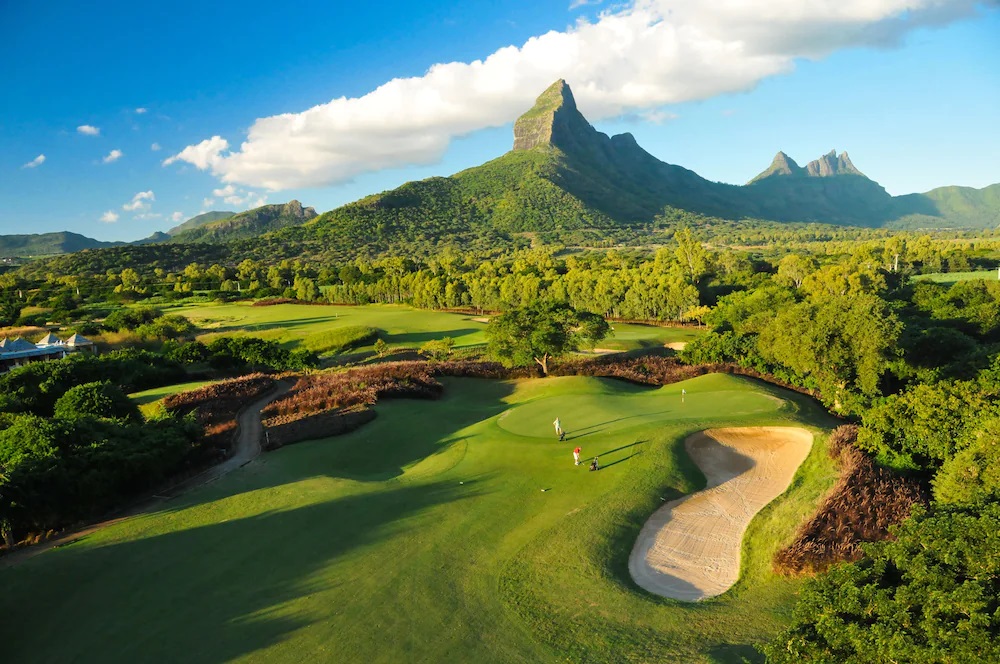
Tamarina Golf & Spa Boutique Hotel is a 4-star boutique hotel offers a selection of 50 garden-facing or sea-facing rooms, a choice of three different restaurants as well as bars and a wellness centre and also features an 18-hole golf course. Tamarina Golf Club is a 18-hole Championship Golf Course. This Par 72 challenging course undulates over 43 hectares of rugged savannah land framed with mature trees and crossed by the Rempart River. The holes have been designed to give great views.
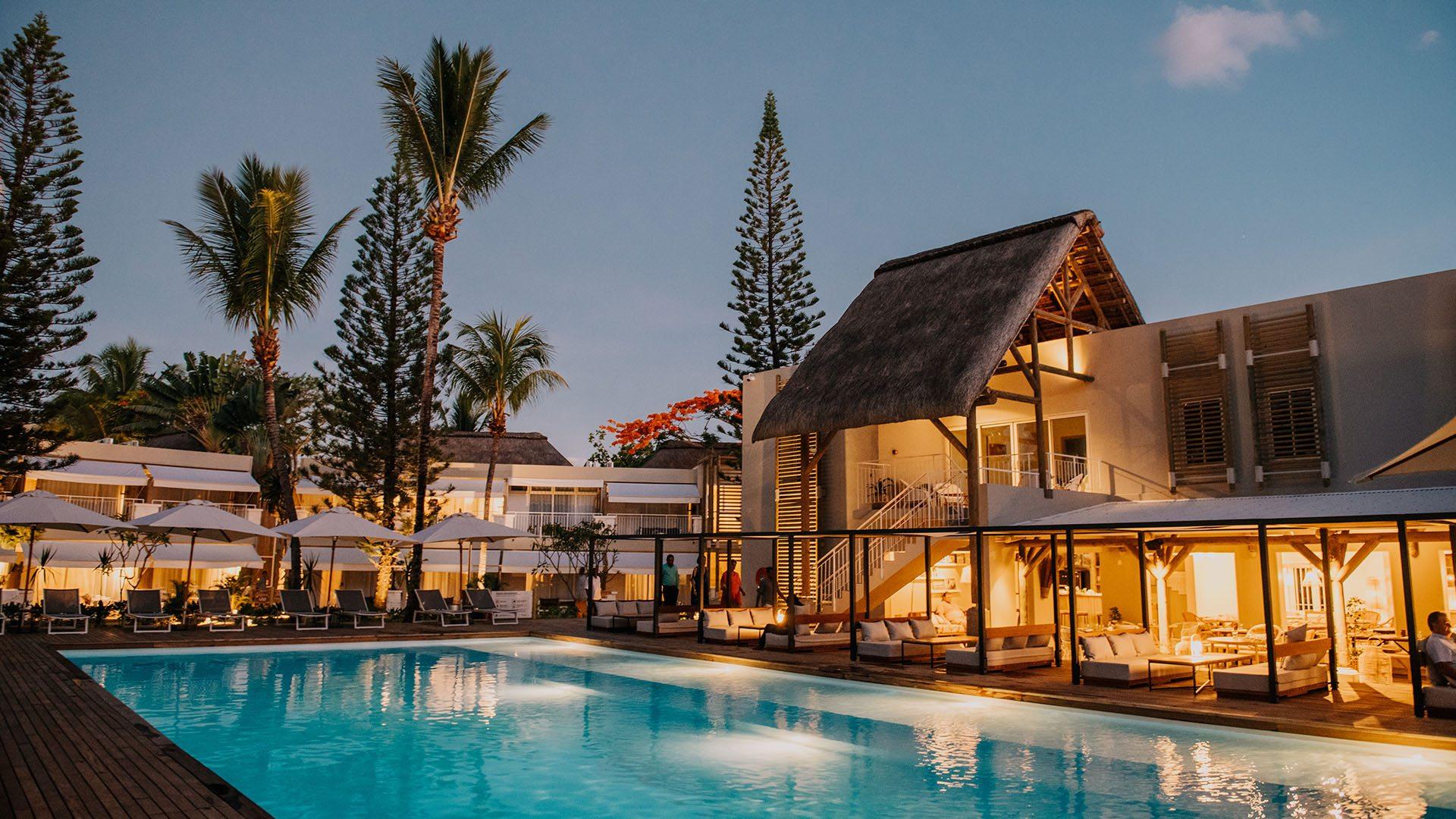
Veranda Tamarin Hotel and Spa is located in the mythical retro surf spot of Tamarin Bay.
There are many more hotels in the area.
Tamarin Bay is also known for the water sports such as surfing, bodyboarding, paddleboarding, kitesurfing, snorkeling and scuba diving, high sea fishing,catamaran cruise and dolphin or whale watching etc.
Cascavelle Shopping Village located in Flic-en Flac is a great destination for shopping.
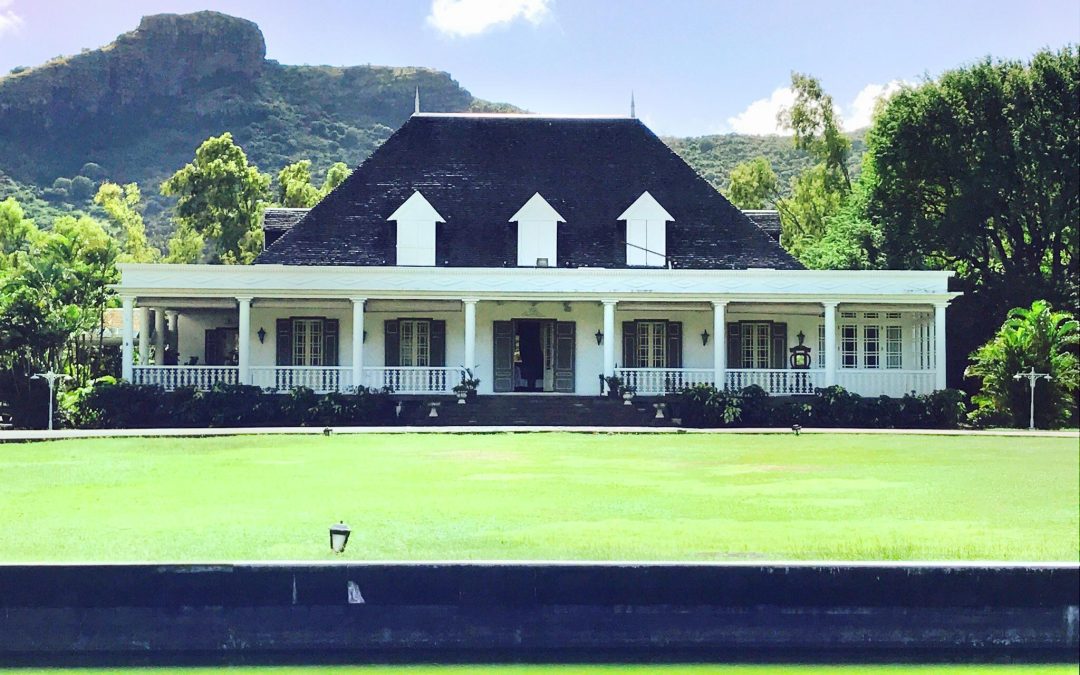
The Domaine Les Pailles is nestled in the heart of the valleys of the “Moka Range”. This is a place where you can experience the past history of Mauritius and also the cultural diversity and art. You can visit this place by train or a horse drawn carriage. The mini train, Lady Alice, has a capacity of 120 passengers and winds through the sugar cane plantations. The train ride takes about 15 minutes. The horse carriage takes a detour through the spice garden before setting off to discover the traditional architecture of the former Isle de France.
Among other things, Domaine les Pailles, boasts an old sugar mill dating from the 18th century, a traditional distillery, and even some old horse-drawn carriages. There are beach clubs with super cool bars, five fine restaurants and popular night clubs in Domaine les Pailles. Nightclubs are open mainly on Friday and Saturday nights with a few open on Wednesday nights as well for jam sessions. The restaurants offer authentic Indian, Mauritian, Chinese and Italian cuisine.

The resort hotels offer cool beach parties organised with international DJs spinning the decks, live music shows and spots for night lovers. These events are open to both the hotel residents and non-residents.
Le Grand Casino De Domaine Les Pailles has a VIP salon and several restaurants too. The minimum age required to enter the casinos is 18. Many casinos also offer complimentary alcohol too. There are 48 Jackpot slots, video machines with progressive games and many other live table games such as American Roulette, Blackjack, Oasis Stud Poker and a lot more.
The Domaine Les Pailles is nestled in the heart of the valleys of the “Moka Range”. This is a place where you can experience the past history of Mauritius and also the cultural diversity and art. You can visit this place by train or a horse drawn carriage. The mini train, Lady Alice, has a capacity of 120 passengers and winds through the sugar cane plantations. The train ride takes about 15 minutes. The horse carriage takes a detour through the spice garden before setting off to discover the traditional architecture of the former Isle de France.
Among other things, Domaine les Pailles, boasts an old sugar mill dating from the 18th century, a traditional distillery, and even some old horse-drawn carriages. There are beach clubs with super cool bars, five fine restaurants and popular night clubs in Domaine les Pailles. Nightclubs are open mainly on Friday and Saturday nights with a few open on Wednesday nights as well for jam sessions. The restaurants offer authentic Indian, Mauritian, Chinese and Italian cuisine.
The resort hotels offer cool beach parties organised with international DJs spinning the decks, live music shows and spots for night lovers. These events are open to both the hotel residents and non-residents.
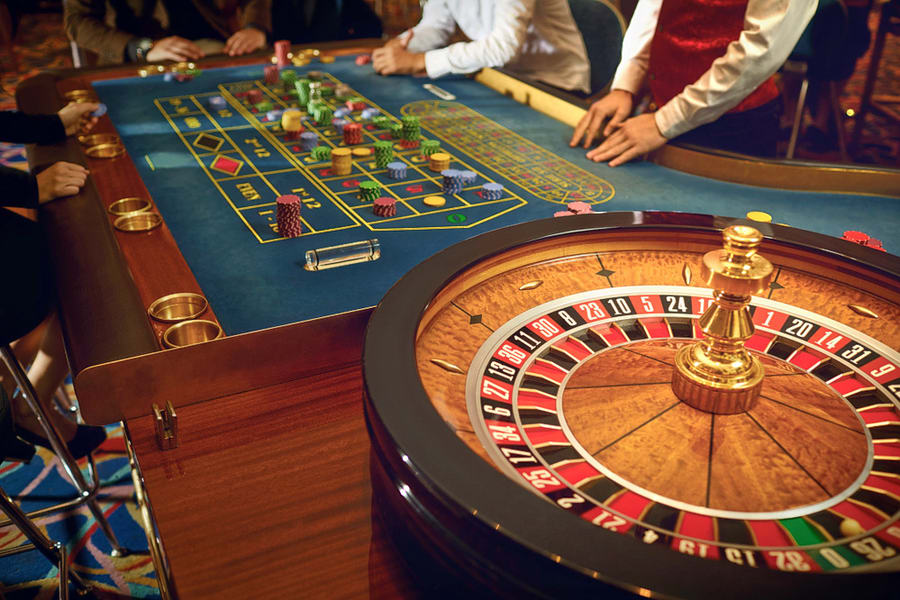
Chinese developer, Yihai, has taken over the stable and the club house. More than 25 horses, including five from the Mauritius Turf Club, are sheltered in the stable. The club house, located on the first floor of the stables, has also reopened since the Chinese group took over. Birthdays and theme parties are organized there. Equestrian centre provides lessons in dressage and show jumping, equestrian training and improvement. Children from 07 years old can take lessons or enjoy pony rides. Mountain rides with specialized horses are available, accompanied by qualified instructors.
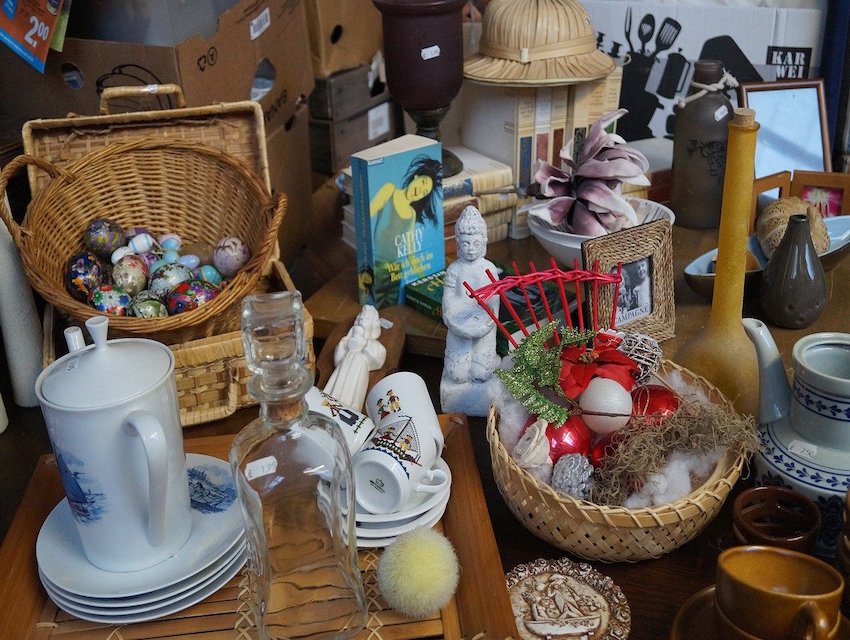
The Craft Market is located in Port Louis, the capital of Mauritius. The market is a two-storey building within the Caudan Waterfront complex. There are 36 stalls selling a wide variety of products ranging from exquisite woodwork to detailed baskets without forgetting beautiful glass souvenirs. There are also items made from seashells, boxes of ground spics, embroidered linen, handmade jewellery and the very famous African rag doll dressed with a typical sega outfit. You can pick any of these as a souvenir of your visit to Mauritius.
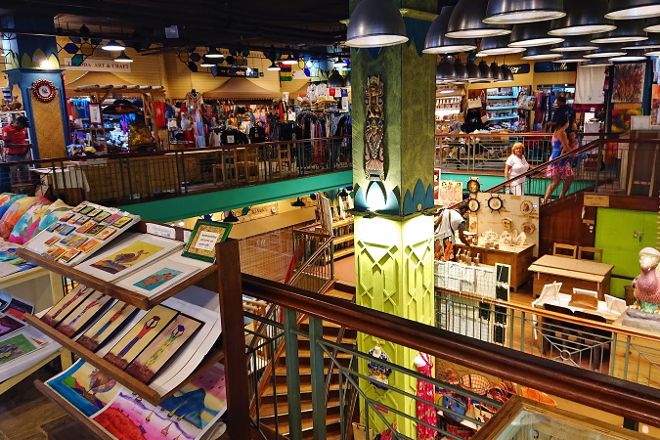
Many of the handicrafts are made by the stalls owners and their families. You will get the chance to meet the artists behind the paintings on sale or even witness your name being engraved on a wooden key chain.
The location of The Craft Market is definitely one of the best as well. Because of this you may find the goods sold a little pricey. You can bargain to get a little better price. While this is a convenient location, this is by no means the only place to get these items. There will be one or two handicraft shops in the normal markets also. These shops may not have a wide variety of the items.
You can also grab a quick lunch at the food court of Caudan Waterfront.
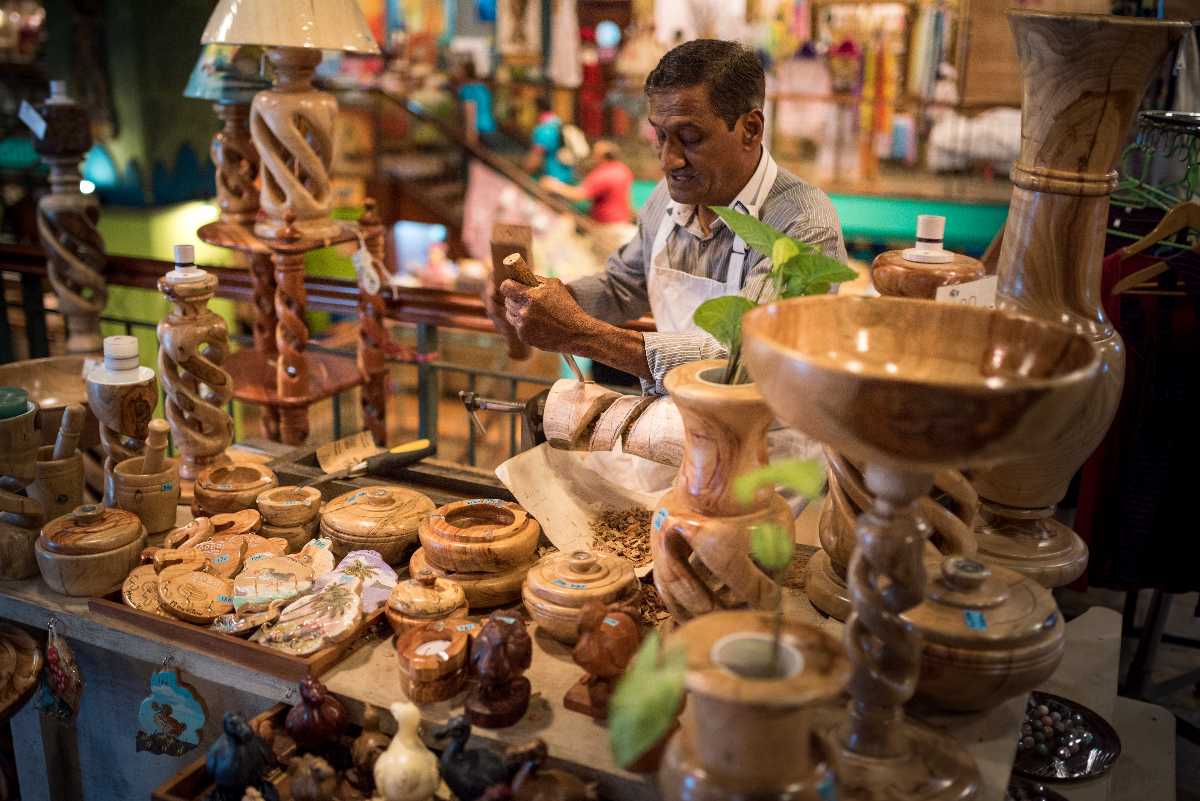
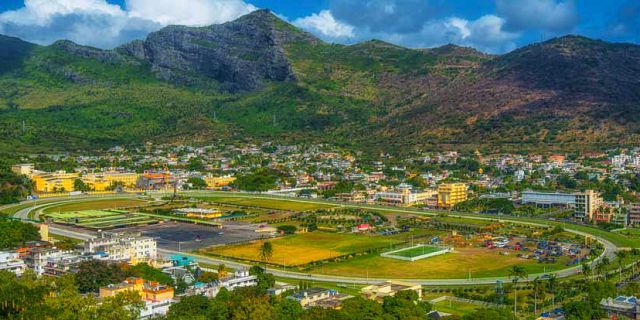
The Champ de Mars Racecourse is a thoroughbred horse race track in Port Louis, Mauritius. The Racecourse was inaugurated on 25 June 1812, by The Mauritius Turf Club (MTC). Turf Club is the second oldest horse-racing club in the world. The racing season is from late March to early December. The Champ de Mars attracts tens of thousands of people on each racing day.
Within the premises of the racecourse stands a statue of King Edward VII, and the Malartic Tomb, an obelisk to a French governor.
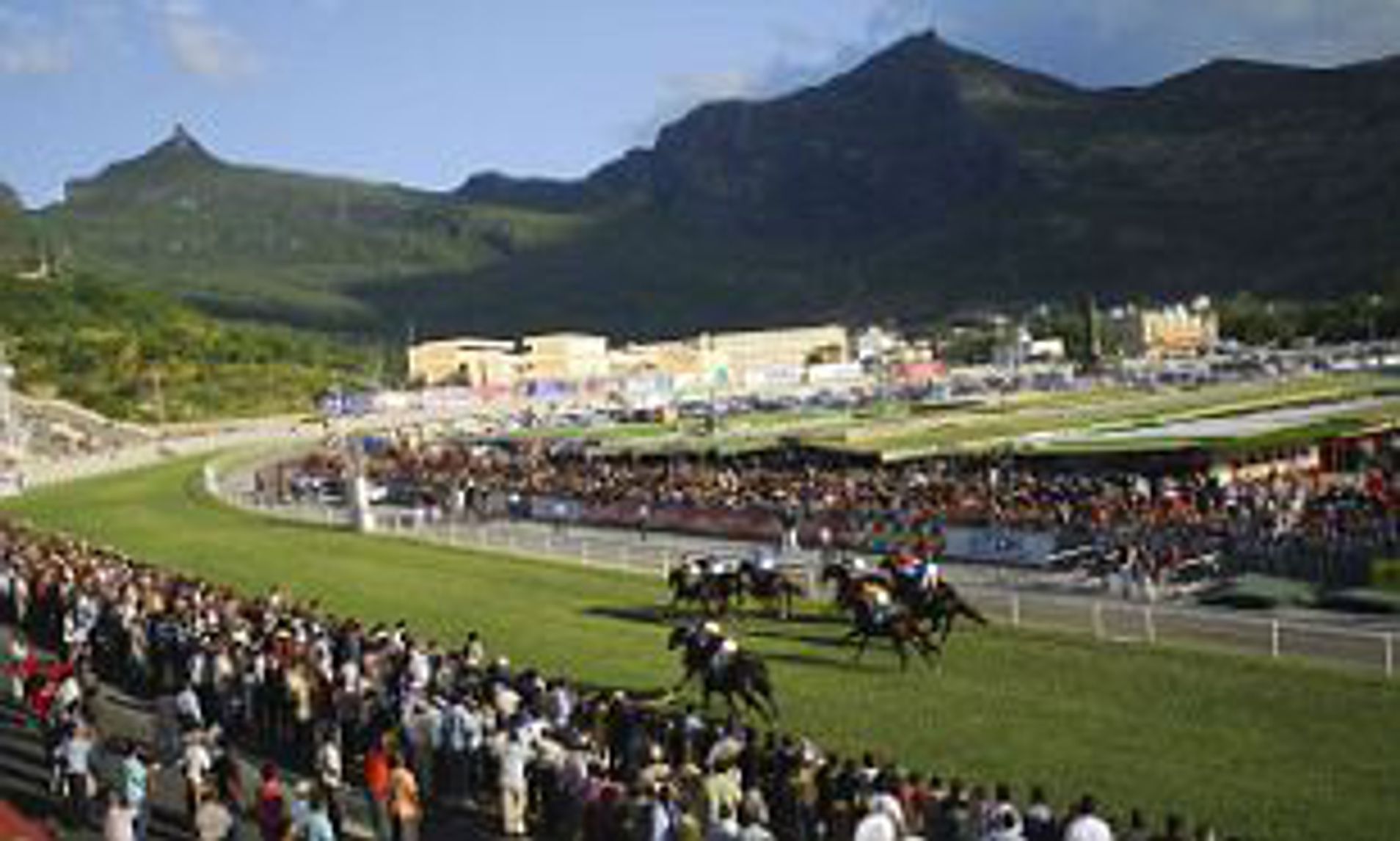
When Mauritius gained independence on 12 March 1968, the event including the flag hoisting ceremony was held here. Since then and for many years, the racecourse has seen the annual celebration of the accession to independence.
When he came to Mauritius, Colonel Edward Draper enthusiastically promoted horse racing at the Champ de Mars for some twenty years, racing his own thoroughbreds, often riding them in competition, to the point that he became known as the “Father” of the Mauritius Turf Club.
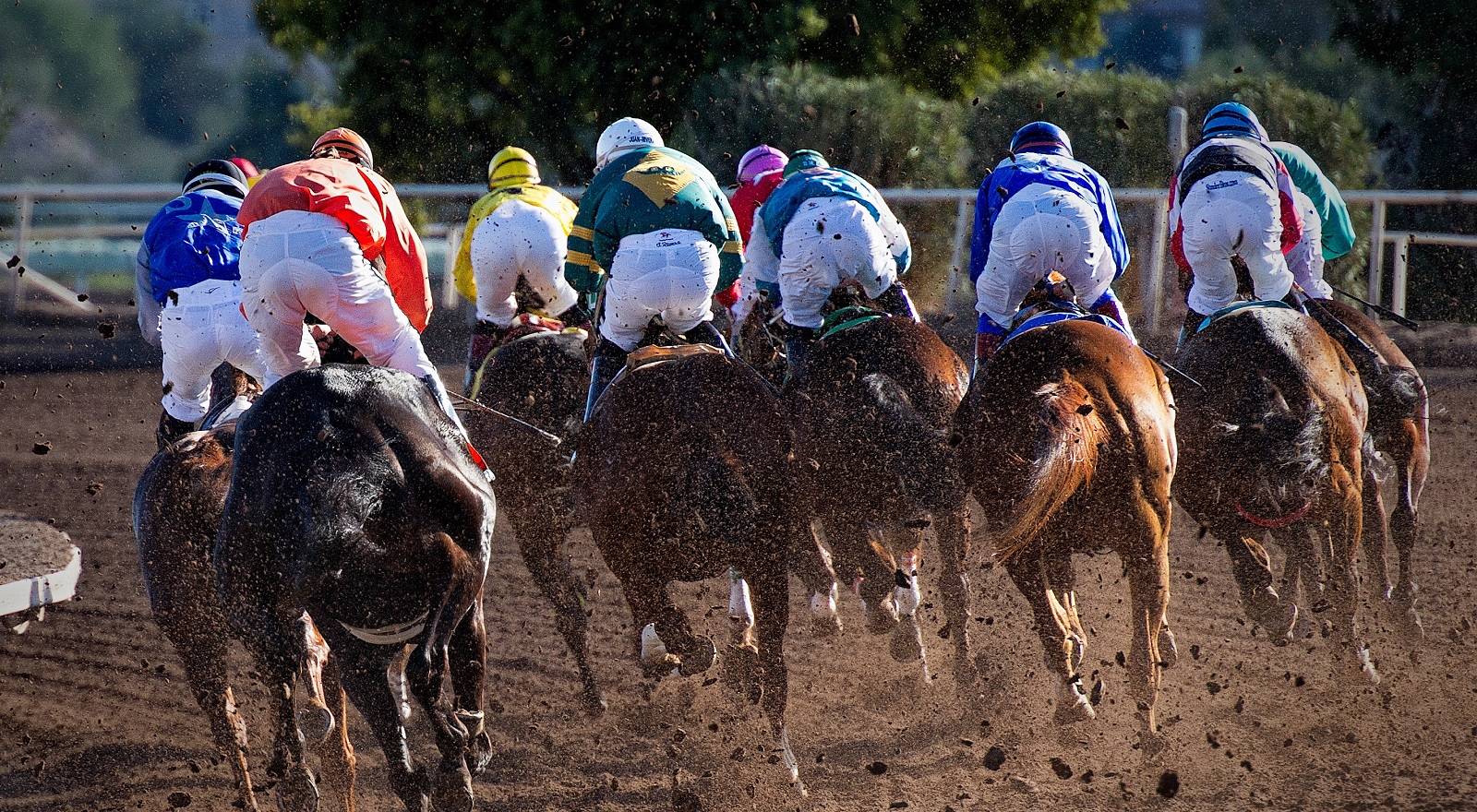
Mauritius’ big horse races include the Duchess of York Cup, Barbé Cup, Maiden Cup, and the Duke of York Cup. The horses and jockeys come mostly from South Africa and Australia. The races are held on weekends.
Notable royal visits include those of Queen Elizabeth II; Princess Margaret, Countess of Snowdon; and Prince William, Duke of Cambridge.